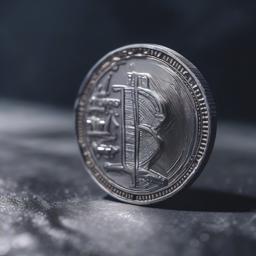
The internet has undergone significant transformations since its inception. From the early days of Web 1.0 to the social media-dominated era of Web 2.0, we’ve witnessed tremendous growth and innovation. However, with concerns around data ownership, security, and censorship on the rise, a new generation of web technology is emerging: Web3.
In this post, we’ll explore what Web3 is, how it works, and why it’s poised to revolutionize the way we interact online.
What is Web3?
Web3 refers to a decentralized internet built on blockchain technology. Unlike traditional web applications that rely on centralized servers and intermediaries, Web3 apps (or “dApps”) operate on a peer-to-peer network of computers, using open-source software and cryptocurrency incentives to ensure security and trust.
The core principles of Web3 include:
- Decentralization: Data is stored across multiple nodes in the network, reducing reliance on central authorities.
- Autonomy: Users have full control over their digital assets and data.
- Transparency: Transactions are publicly visible, ensuring accountability and trust.
How Does Web3 Work?
Web3 applications use blockchain technology to facilitate secure, transparent transactions between users. Here’s a simplified overview of the process:
- Smart contracts: Self-executing contracts with predefined rules and conditions are written into the blockchain.
- Decentralized storage: Data is stored across multiple nodes in the network.
- Cryptocurrency: Tokens or coins are used to incentivize participants and secure transactions.
Real-World Applications of Web3
From social media platforms to supply chain management systems, Web3 technology has numerous applications:
- Decentralized finance (DeFi): Lending, borrowing, and trading without intermediaries.
- Non-fungible tokens (NFTs): Unique digital assets representing art, collectibles, or other items.
- Social media: Decentralized platforms giving users control over their data.
Conclusion
Web3 technology represents a significant shift towards a more decentralized, secure, and transparent internet. While still in its early stages, the potential applications of Web3 are vast and exciting. As we continue to explore and develop this emerging ecosystem, one thing is certain: the future of the web has never looked brighter.
Additional Resources
For those interested in learning more about Web3, here are some recommended resources:
- Web3.js: A JavaScript library for interacting with the Ethereum blockchain.
- Truffle Suite: A suite of tools for building and testing decentralized applications.
- CryptoSlate: A leading online publication covering cryptocurrency and blockchain news.
Leave a Comment
What do you think about Web3 technology? Share your thoughts, questions, or insights in the comments below!
This is just a sample post, but I hope it gives you an idea of what a WordPress blog post on Web3 technology could look like. Feel free to ask if you have any specific requests or need further modifications!



